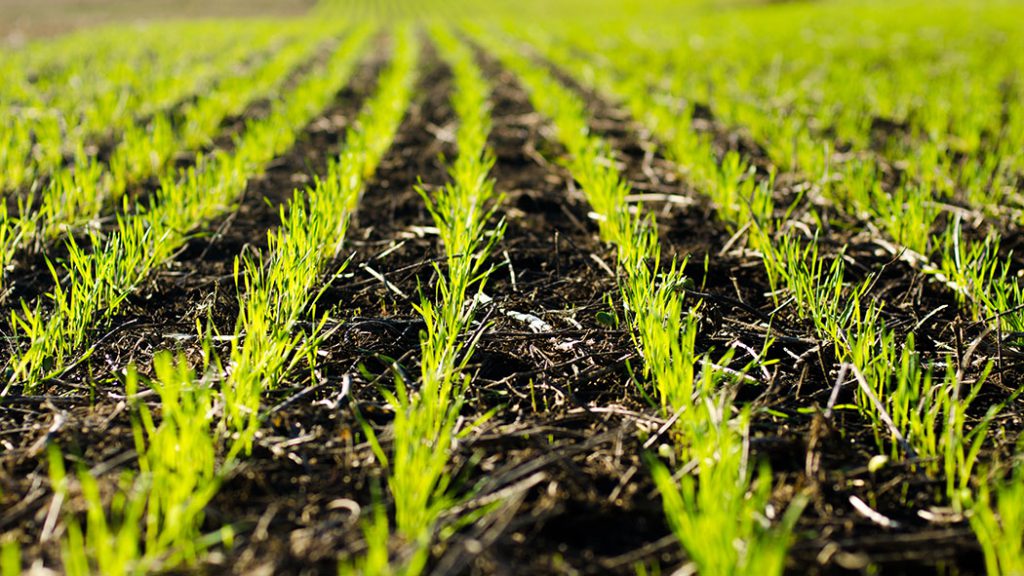Winter wheat planting conditions “far less than ideal”

It’s been a difficult harvest for many Ontario farmers. Uncooperative, even downright hostile, weather combined with a short, late planting season has continued to push back corn and soybean harvesting across the province. Even in mid-November, there’s still plenty of work to do.
While those crops–particularly soybean crops–appear to be doing quite well despite a difficult season, it’s hard to imagine Ontario winter wheat having a good year. OMAFRA cereals specialist Peter Johnson expects the final numbers of winter wheat acreage planted to be available sometime this week, but it’s estimated that it could be as low as 60% of last year’s 1.06 million acres. Even if the acreage turns out to be higher than that, difficult planting conditions that were “far less than ideal” could mean a significant drop in yield from last year.
As we wrote in early October, there are several varieties of winter wheat grown in Ontario. A process called vernalization is what allows the plant to flower in the spring while surviving long periods of colder weather. Winter wheat is harder than other wheats, and it has a higher gluten protein content–it’s primarily used to produce flour for yeast breads and other chewy grain products, or blended with soft spring wheat to produce all-purpose flour.
